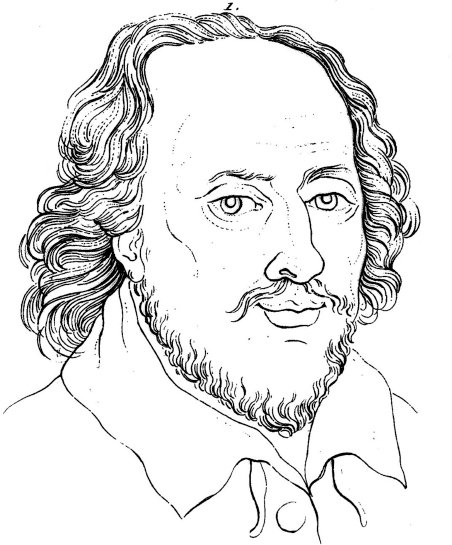Reporting Murder
Court and coroner’s records from the sixteenth century usually included only the briefest of details about any particular murder case and the verdict reached. There were sometimes more details to be gleaned from the chronicles of people such as Edward Hall, and later on in Raphael Holinshed’s Chronicles of England Scotland and Ireland, published in 1577, or John Stow’s Annales of England. From the Elizabethan era there was a new development which coincided with growing literacy among the populace. Murder pamphlets, also called chapbooks, were forerunners of today’s tabloids and included lengthy reports of murders considered particularly sensational. The subjects were sometimes ordinary folk, but more often came from the gentry or merchant classes. The pamphlets are full of vivid descriptions and rarely spared readers gory details. In Two Notorious Murders, from 1595, for example, a victim’s corpse is found in a ditch. We learn that ‘worms crawled in his mouth, nose, ears and his whole body was puttresed.’
As well as details of the crime, pamphlets would often include long moralising or religious passages railing against the perils of lust or avarice. These often revealed the prevailing climate of the time, perhaps warning of the unscrupulous nature of Catholics or the devilish ways of women. Some were written in verse and they might also include a supposed confession from the criminal themselves.
Murder pamphlets were commonly produced within days of the crime and sometimes even before a trial. Cheaply printed and costing as little as two pence, they would be sold to the crowds at executions or in taverns, often read aloud to a gripped audience. Many pamphlets were actually skilfully written and some were penned by well-known men of the age, such as the playwright Thomas Kyd. Indeed, they could become the basis for popular plays, such as Arden of Faversham, a work which has sometimes been attributed to William Shakespeare himself; he certainly read the major chronicles and no doubt many of the murder pamphlets too. Perhaps they helped inspire him to pen lines such as these, from his play Henry VI, Part III:
Why, I can smile, and murder whiles I smile,
And cry ‘Content’ to that which grieves my heart,
And wet my cheeks with artificial tears,
And frame my face to all occasions.

A portrait of the playwright William Shakespeare by Gaspard Lavaster, 1807. Contemporary Tudor crimes inspired some of the bard’s work. (Courtesy of Wellcome Library, London)